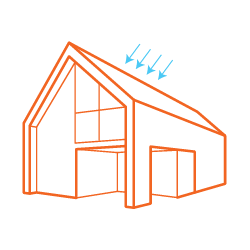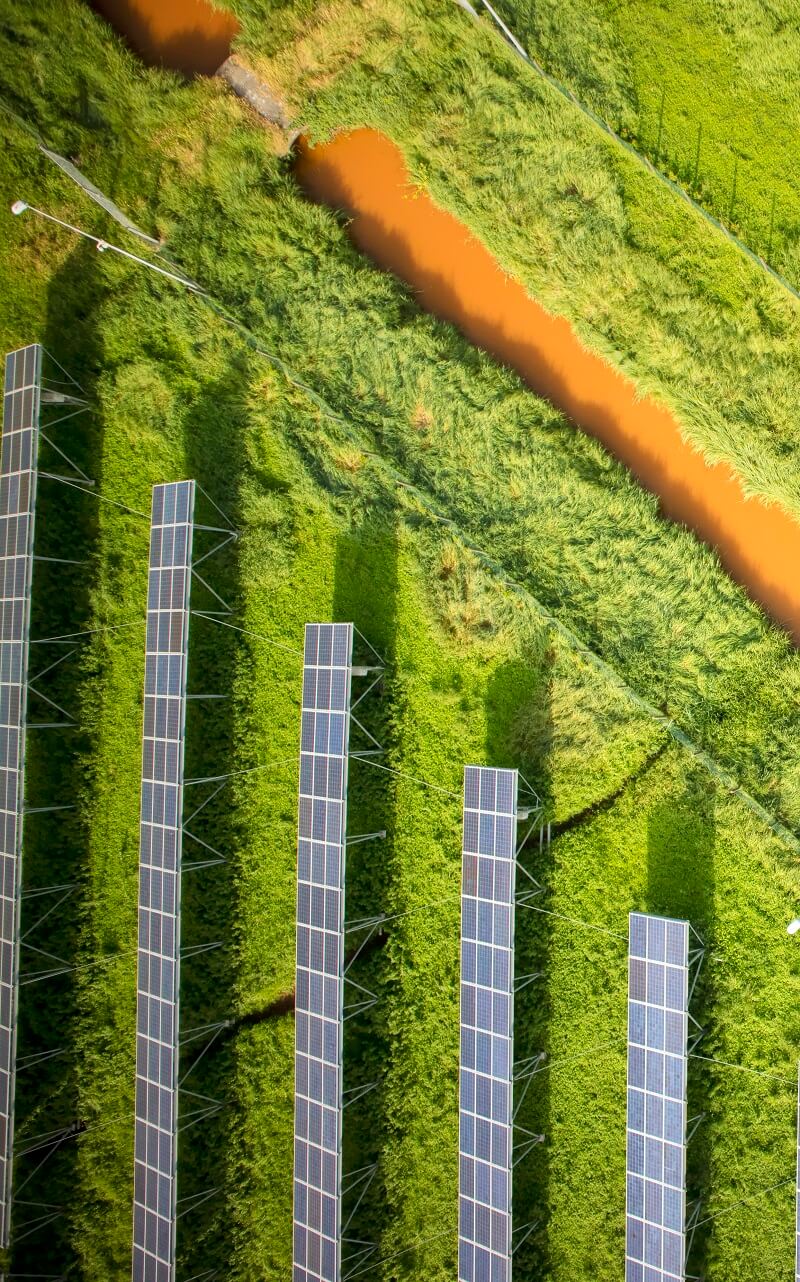We are with you every step of the way
Assesement
Customer to provide 6 months electricity bill for assessment
Local Authority Engagement
Once the quotation and the solutions provided is agreed by the customer, we will proceed with the local authority engagement and paperwork. This will roughly take 2 weeks for the approval by Tenaga Nasional Berhad - TNB and Sustainable Energy Development Authority - SEDA
Site Visit
Upon assessment of the electricity bill, our team of professionals will visit the site for an inspection and drone coverage of the site
Installation
After the paper work is approved, we will proceed with the installation.
Proposal
After the site visit, our technical team will provide you with a proposal that will incorporate an optimum solar power generating capacity base on your tariff category and available roof space with the view to achieving maximum energy cost savings and the shortest return on your investment.
Completion
Commissioning and Final Inspection.
Assesement
Customer to provide 6 months electricity bill for assessment
Site Visit
Upon assessment of the electricity bill, our team of professionals will visit the site for an inspection and drone coverage of the site
Proposal
After the site visit, our technical team will provide you with a proposal that will incorporate an optimum solar power generating capacity base on your tariff category and available roof space with the view to achieving maximum energy cost savings and the shortest return on your investment.
Local Authority Engagement
Once the quotation and the solutions provided is agreed by the customer, we will proceed with the local authority engagement and paperwork. This will roughly take 2 weeks for the approval by Tenaga Nasional Berhad - TNB and Sustainable Energy Development Authority - SEDA
Installation
After the paper work is approved, we will proceed with the installation.
Completion
Commissioning and Final Inspection.
An Introduction
The Ministry has introduced few solar PV initiatives to encourage Malaysia’s Renewable Energy (RE) uptake. One of the key issues highlighted by the PV industry is the need to change the concept of NEM from the existing net billing to true net energy metering. This is will help improve the return of investment of solar PV under the NEM.
Watch NEM Video Presentation
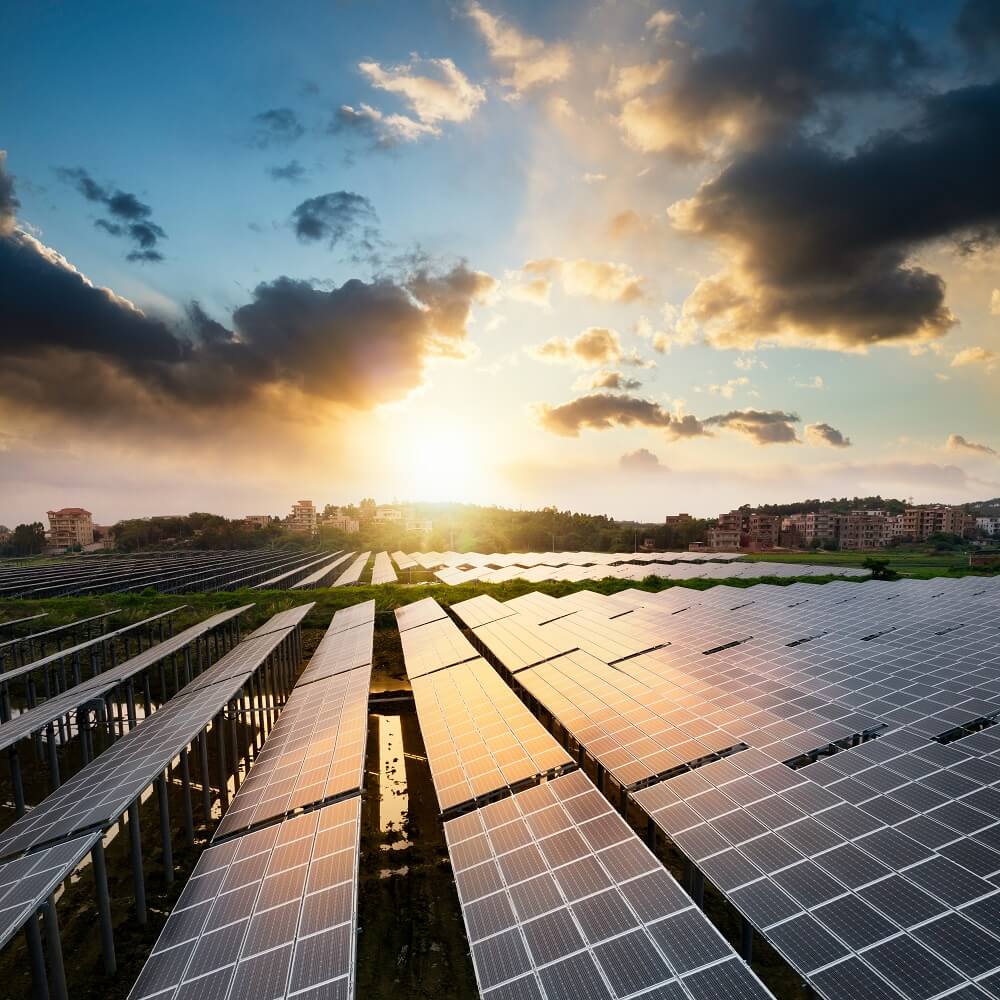
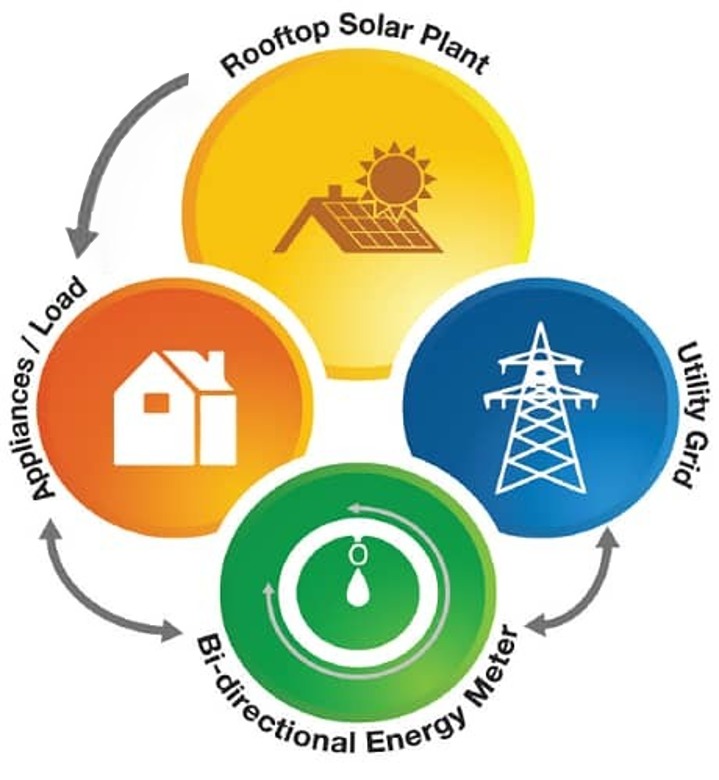
What is NEM?
Net Energy Metering systems are primarily aimed at providing an opportunity to consumers to offset their electricity bills, wherein a single meter records both import of conventional energy from distribution grid and export of solar energy into distribution grid. Thus, net energy metering allows the final user to credit produced energy in the grid and allows them to use this credit in the evening after the sun goes down.
Schemes
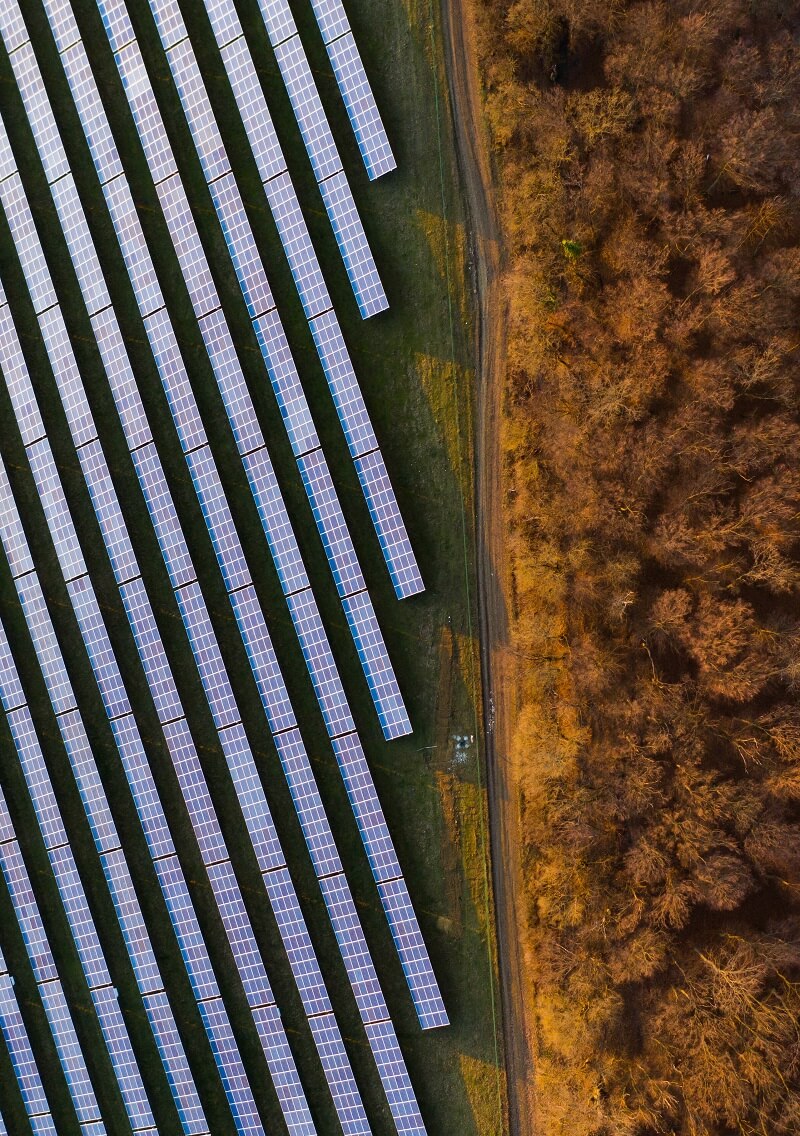
NEM
The Ministry has introduced few solar PV initiatives to encourage Malaysia’s Renewable Energy (RE) uptake. From the RE town hall held on 12th July 2018, one of the key issues highlighted by the PV industry is the need to change the concept of NEM from the existing net billing to true net energy metering. This is will help improve the return of investment of solar PV under the NEM. Effective on 1st January 2019, the Net Energy Metering (NEM) will be improved by adopting the true net energy metering concept and this will allow excess solar PV generated energy to be exported back to the grid on a “one-on-one” offset basis. This means that every 1kWh exported to the grid will be offset against 1kWh consumed from the grid, instead of at the Displaced Cost previously.
The quota allocation for NEM is 500 MW up to year 2020. Quota allocation will be divided into domestic and non-domestic category. The NEM category has been divided into 4 categories which are Residential, Commercial, Industrial and Agriculture. The new NEM scheme is only applicable to Peninsular Malaysia and applicants must be a registered TNB customers. NEM is executed by the Ministry of Energy, Science, Technology, Environment and Climate Change (MESTECC), regulated by the Energy Commission (EC), with Sustainable Energy Development Authority (SEDA) Malaysia as the implementing agency.
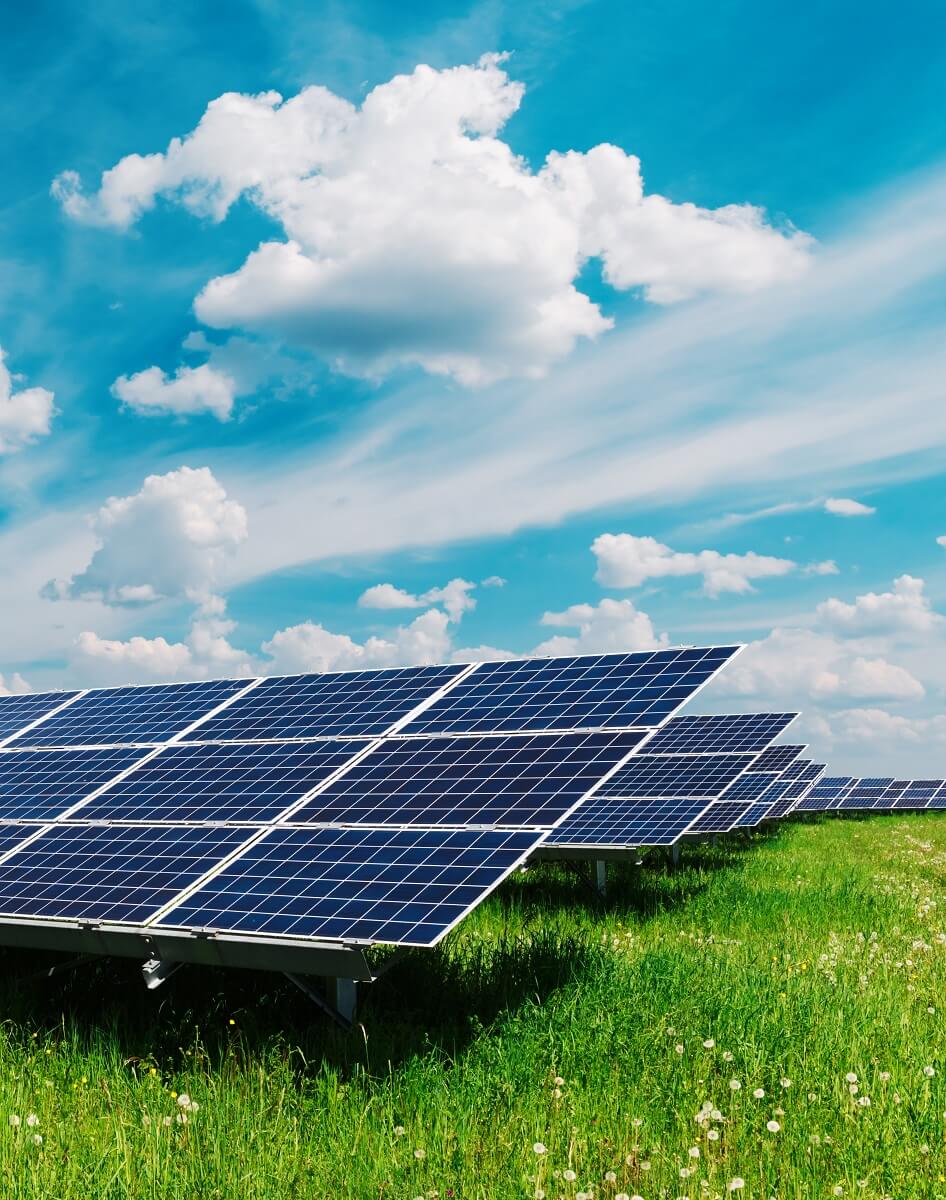
SELCO
Self-consumption or known as SELCO applies when electricity is being generated for own usage and any excess is not allowed to be exported to the grid. The Government is encouraging individual, commercial and industrial consumers to install solar PV for their own consumption, looking to hedge against the rising cost of electricity.
Download the guideline here
Trust & integrity: Our recipe for success
Our aim is to be flexible and listen to our clients needs in order to gain a full understanding of the challenges they face
CAPEX Model
CAPEX model is the most common business model for solar deployment in Malaysia. In this model the consumer purchases the solar system, by making 100% of the payment upfront or financing the system, often through a bank
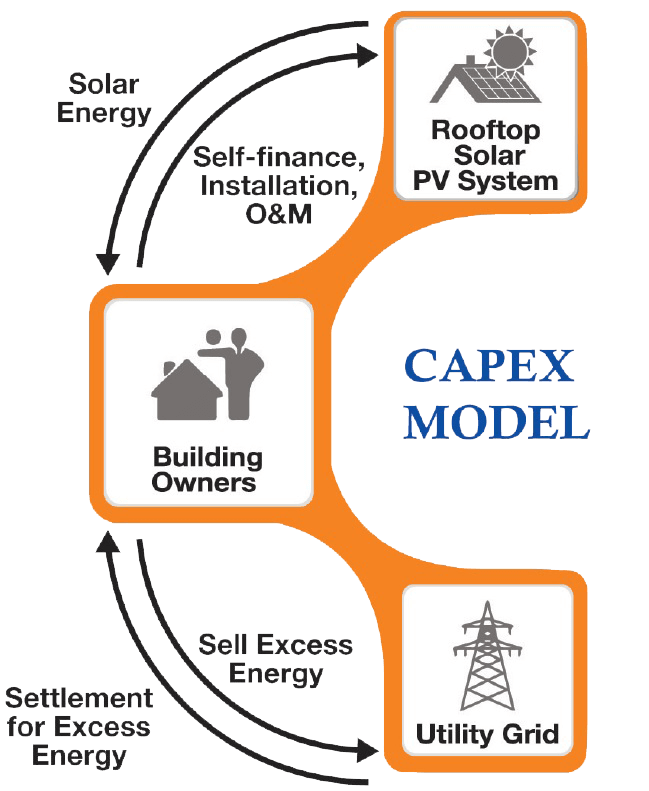

How Solar Energy System Works on your Home Rooftop?
1. The Solar PV Panels converts the sunlight to DC Electricity.
2. The Solar Inverter converts the DC Electricity to AC Electricity.
3. The Switchboard distribute the AC Electricity produced by the Solar PV Panels throughout the home as and when it is needed.
4. The home lighting, air con and other electrical appliances uses only some of the AC Electricity produced via the Solar Panels during the sun hours.
5. The extra AC Electricity that is not consumed is exported via TNB meter to the Grid. This export gives the home credit and this credit will be used up when you import power after the sun goes down in the evening. When your export is equal to your import, your TNB Electricity Bill will be zero cost.
The Limitations of Your Roof Orientation
The one thing we do not want to or cannot change is your Roof orientation. The ideal orientation for maximizing on the daily sunshine is if your house faces East or West. Having a flat Roof is certainly a bonus because the Solar PV Panels installed on your flat Roof top will capture maximum sunshine throughout the day, barring shadows from neighboring properties, structures and or trees. In this respect, our designers will come up with a system design that will optimize on the available sunshine hours at your location if your Roof is of the Gabel, Hip, Pyramid or Composite design. Although Malaysia practically has sunshine 365 days of the year, the seasonal variation in the sun’s path must be taken into consideration when designing a Rooftop Solar PV System.
Roof Angle
Check if your roof is designed at less 45°

Roof Space
Ensure your roof is big enough. For a 4KW system, we need least 40m squared or 400sqft.

Roof Direction & Shading
Between 9am and 3pm, your roof should be free from shade and with sufficient sun light.
